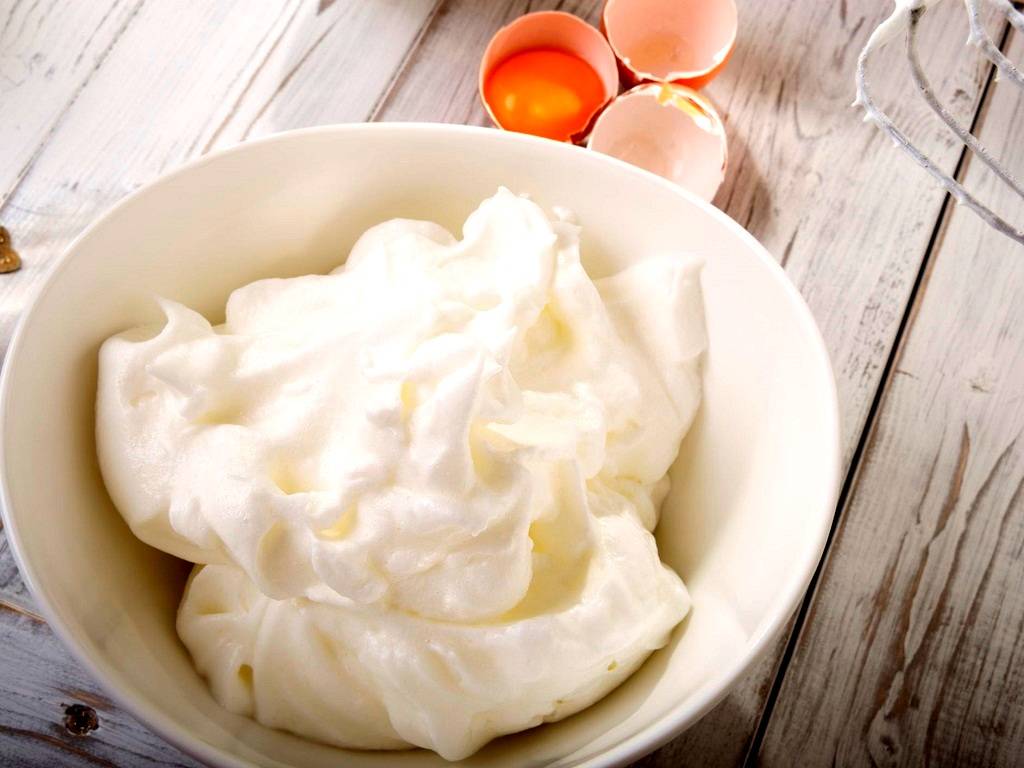
The Future Sustainable Food Systems research group at the University of Helsinki, in collaboration with the VTT Technical Research Centre of Finland, discovered that fungus-produced ovalbumin has the potential to reduce some of the environmental load associated with chicken egg white powder.
Because of the excellent quality protein, it contains chicken egg white powder is a widely utilized component in the food sector. In 2020, the annual consumption of egg proteins was estimated to be over 1.6 million tonnes with the market projected to grow further in the future years.
The rising demand raises concerns about both sustainability and ethics. Parts of the egg white powder supply chain, such as chicken raising for egg production, contribute significantly to greenhouse gas emissions and contribute to water shortages, biodiversity loss , and deforestation. Furthermore, intensive chicken rearing has resulted in zoonotic disease epidemics by serving as a major reservoir for human pathogens.
Sustainable Alternatives:
The food sector is growing its interest in finding sustainable alternatives to animal-based proteins. Cellular agriculture, also known as precision fermentation when utilized for recombinant ingredient production, is a biotechnology-based method that uses a microbial production system to generate the required proteins instead of animal husbandry.
"For example, ovalbumin accounts for more than half of the protein content in egg white powder." With the aid of the filamentous ascomycete fungus Trichoderma reesei, VTT was able to produce ovalbumin.
Modern biotechnological technologies inject the gene for ovalbumin blueprints into the fungus, which subsequently makes and secretes the same protein as chickens produce. The ovalbumin protein is then isolated from the cells, condensed, and dried to produce a final functioning product," explains Dr. Emilia Nordlund of Finland's VTT Technical Research Centre.
Cell-cultured products require more electricity than traditional agricultural products hence the type of energy source employed influences the amount of environmental effect. However, the amount of agricultural inputs needed for ovalbumin production by microbes – such as glucose – is generally substantially lower per kilogram of protein powder.
"According to our research, this indicates that the fungus-produced ovalbumin reduced land usage needs by over 90 percent and greenhouse gas emissions by 31–55 percent when compared to its chicken-based counterpart. Precision fermentation has the potential to minimize environmental effect by up to 72 percent in the future when production is based on low carbon energy," says Doctoral Researcher Natasha Järviö from the University of Helsinki.
The results for the environmental effect of water consumption were less compelling, demonstrating a significant degree of reliance on the projected location of the ovalbumin manufacturing facility. In conclusion, the study demonstrates the potential of precision fermentation technology to boost protein production sustainability, which may be further enhanced by the application of low-carbon energy sources.
















